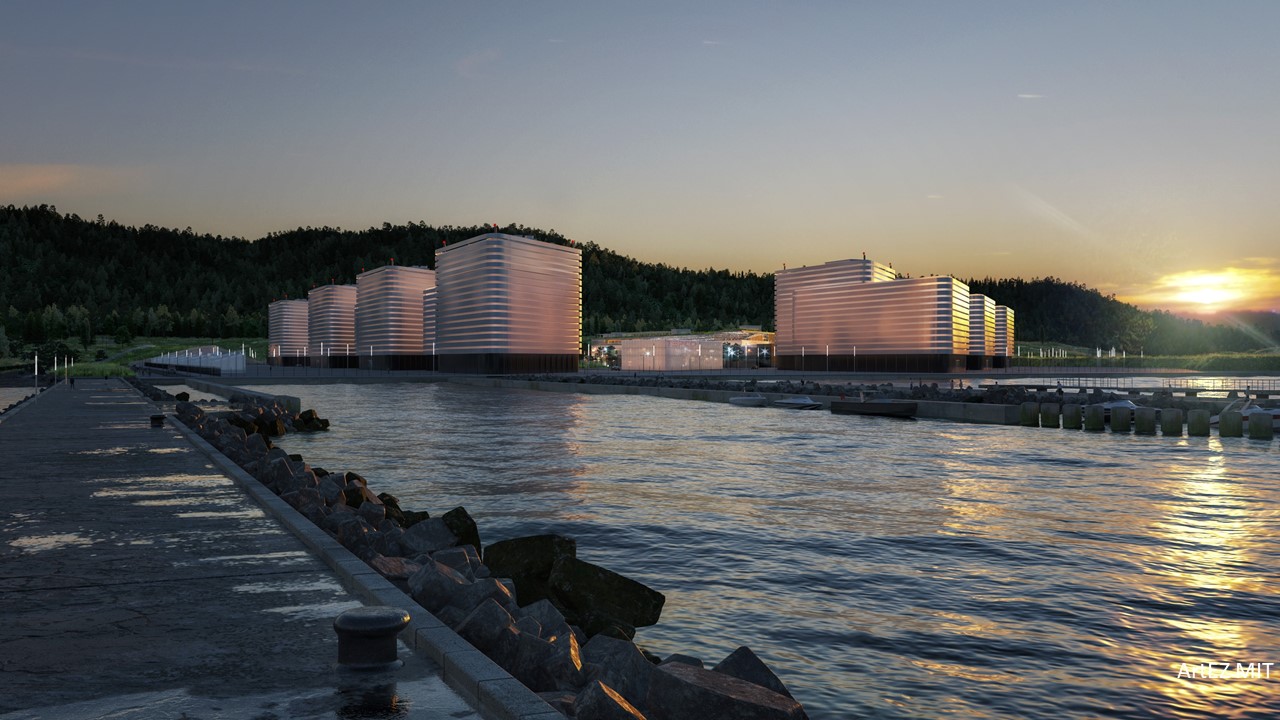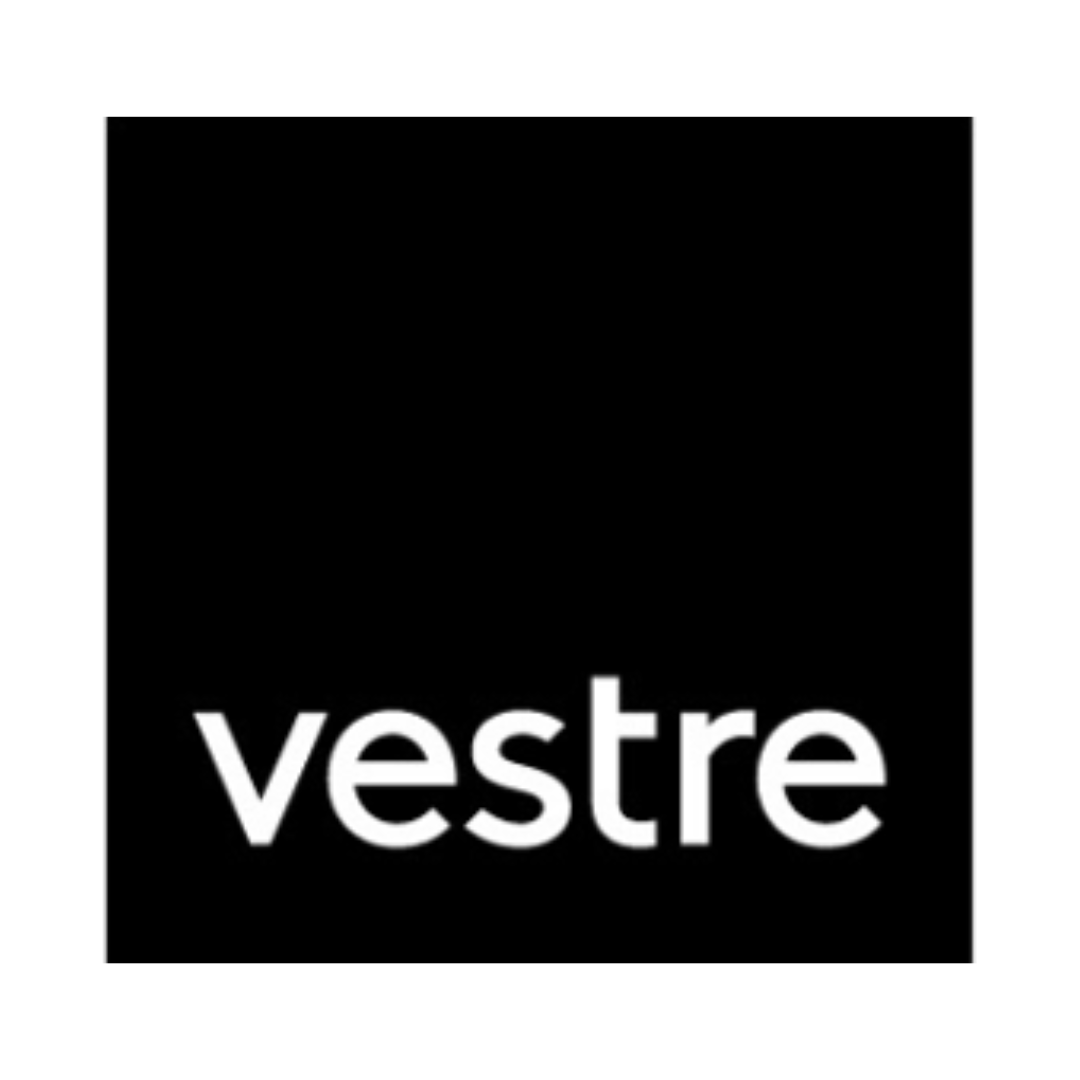Project showcase
Future Energy Campus

By the mid 2020’s there will be a massive global demand for electricity boosted globally by five billion smartphones, the switch to electric vehicles, online retailing, AI, automation and climate change. Flexible low carbon electricity to replace retiring coal/natural gas capacity and complement variable solar and wind generation demands a rethink about new nuclear. The Brief to MIT and ArtEZ called for the development of a design concept to demonstrate how nuclear could be part of the energy mix in post-Fukushima Japan.
This required an assessment of reactor and operational technologies in tandem with a radical approach to the master planning and construction of future facilities. The context for development was challenging with brownfield terrain situated between a reinforced coastline to the east, afforested ridgeline to the west and industrial sites north and south. It called for an approach to designing a scalable 24/7/365 facility that embraced safety, resilience and EmTech embodied in an architecture capable of attracting and retaining highly trained personnel over seven decades. The masterplan should facilitate all day access and shift patterns to operational, research, welfare, training and educational facilities.
Describe the context and brief for this place?
The Brief and Development Context
By the mid 2020’s there will be a massive global demand for electricity boosted globally by five billion smart phones, the switch to electric vehicles, online retailing, AI, automation and climate change. Flexible low carbon electricity to replace retiring coal/natural gas capacity and complement variable solar and wind generation demands a rethink about new nuclear. The Brief to MIT and ArtEZ called for the development of a design concept to demonstrate how nuclear could be part of the energy mix in post-Fukushima Japan and satisfy a novel set of missions and requirements for the energy market by 2030 and beyond. This required an assessment of reactor and operational technologies in tandem with a radical approach to the master planning and construction of future facilities.
The context for development was challenging with brownfield terrain situated between a reinforced coastline to the east, afforested ridgeline to the west and industrial sites north and south. It called for an approach to designing a scalable 24/7/365 facility that embraced safety, resilience and EmTech embodied in an architecture capable of attracting and retaining highly trained personnel over seven decades. The masterplan should facilitate all day access and shift patterns to operational, research, welfare, training and educational facilities.
Describe your design for this place and how it will contribute to urban life?
Our design places particular emphasis on reconciling human and technology centric design, that is, the extant where the body is the dominant measure of space and an oncoming reality of an architecture ‘whose form and materiality is configured to anticipate the logics of machine perception’.
Our proposals re-evaluate segregation of the Nuclear and Turbine Islands, Balance of Plant and whether a reactor vessel should be positioned above or below ground to reduce seismic loads, cost and security. Similarly we explore innovation in facility automation and digitalization, recognizing a ‘fifth’ dimension influencing the master planning of ‘industrial’ architecture i.e, the ubiquitous use of smart phones and satellite imagery which constitutes a shift in awareness and understanding of physical context and built form.
Significantly, unlike most process based project design we have employed methodologies from the Arts within our approach, for example, while planning the location of structures and human/ machine campus movement we utilised both algorithmic modelling and choreography to generate a scenography with other dimensions beyond optimised routing. We consider aspect of experiential design could be applied in a wider urban design and planning context.
What was your process in coming up with the design? What research, consultation, workshops or conversations did you undertake?
Our multidisciplinary approach to design started with a fundamental shift in perception, situating carbon-free nuclear power as a part of the smart triangle of energy generation, data infrastructure and productive architecture which facilitates Industry 4.0. Categorizing nuclear power as distinct from fossil fuels, as in reality it is part of advanced science and technology, we avoided where possible, using terms such as ‘power station’, ‘plant’ or ‘complex’ instead adopting terminology such as ‘campus’ and ‘infrastructure’ as we examined what constitutes a workplace in an oncoming reality shaped by no- cultural entities.
Research, evaluation and simulation ranged from fission technologies to materials such as super strong composites and ceramics, performance envelopes to robotics and neuro aesthetics with bi- weekly design team meetings augmented by client / team workshops held in Japan and the US. A small modular reactor (SMR) was selected as the generic development unit on the basis of safety and environmental impact (i.e., insensitivity to external events, expression of physical form, site perimeter emergency zone, visual impact), economics (i.e., cost competitiveness with LNG, shorter construction), and operational capabilities (i.e., load following, grid resilience). Recognizing a 250/300 mw unit would power the largest hyperscale data centre we investigated how to upscale to an optimum 2.7 gw campus as an alternative to costly bespoke nuclear power stations which take a decade to build, Selecting a SMR also enabled a passive containment vessel to be placed below ground, common structures and savings in ancillary space, infrastructure and footprint required over time.
How does your design respond to future changes in demographics, transport and the climate emergency to create a resilient place?
The masterplan vision posits a modernist design approach to the nuclear and non-nuclear structures where a new industrial aesthetic combines the scale, form and materiality pre-defined by functional requirement juxtaposing natural landscape and parametric forms. Maintenance at a nuclear power facility is carried out continuously to achieve full capability of the plant and in accordance with the site license. The functional layout of an ‘in-line’ configuration with the ‘bar code’ plan has been discarded in favor of a core and ring format. Placing human activity at the heart of the campus is a visual expression of an architecture that is empathic and understandable to the observer. The undulating linear landscaping contrasts with the campus’ geometry, enveloping the 3E visitor building to provide a visual barrier between freely accessible and restricted open space.
The Future Energy Campus will consist of:
- 9 Reactor Units
- 9 Turbine Units
- Ancillary Operational Buildings
- Ancillary Maintenance Buildings
- Ancillary Logistic Buildings
- Ancillary Expo and Training Buildings
- Marine Off Loading Facility or Repurposed Harbour
- National Grid Switchyard
- 900 technical and 400 outage personnel reducing over time due to automation/ AI.
A monochrome material palette and texture applied to in- situ and off- site manufactured materials is both an aesthetic and environmental response fusing sustainability, brand projection and a high-performing work culture. The fabric selection of significant structures should match the lifespan of operation to maintain architectural coherence and built integrity while facilitating internal reflux as roles and regulations evolve alongside technological change.
Festival of Pineapples
24-26 February 2026
Pineapples prize giving night
April
Pineapples at Festival of Place
10 June 2026
© The Pineapples - Tweak Ltd. 124 City Road, London, EC1V 2NX. Tel: 020 3326 7238




